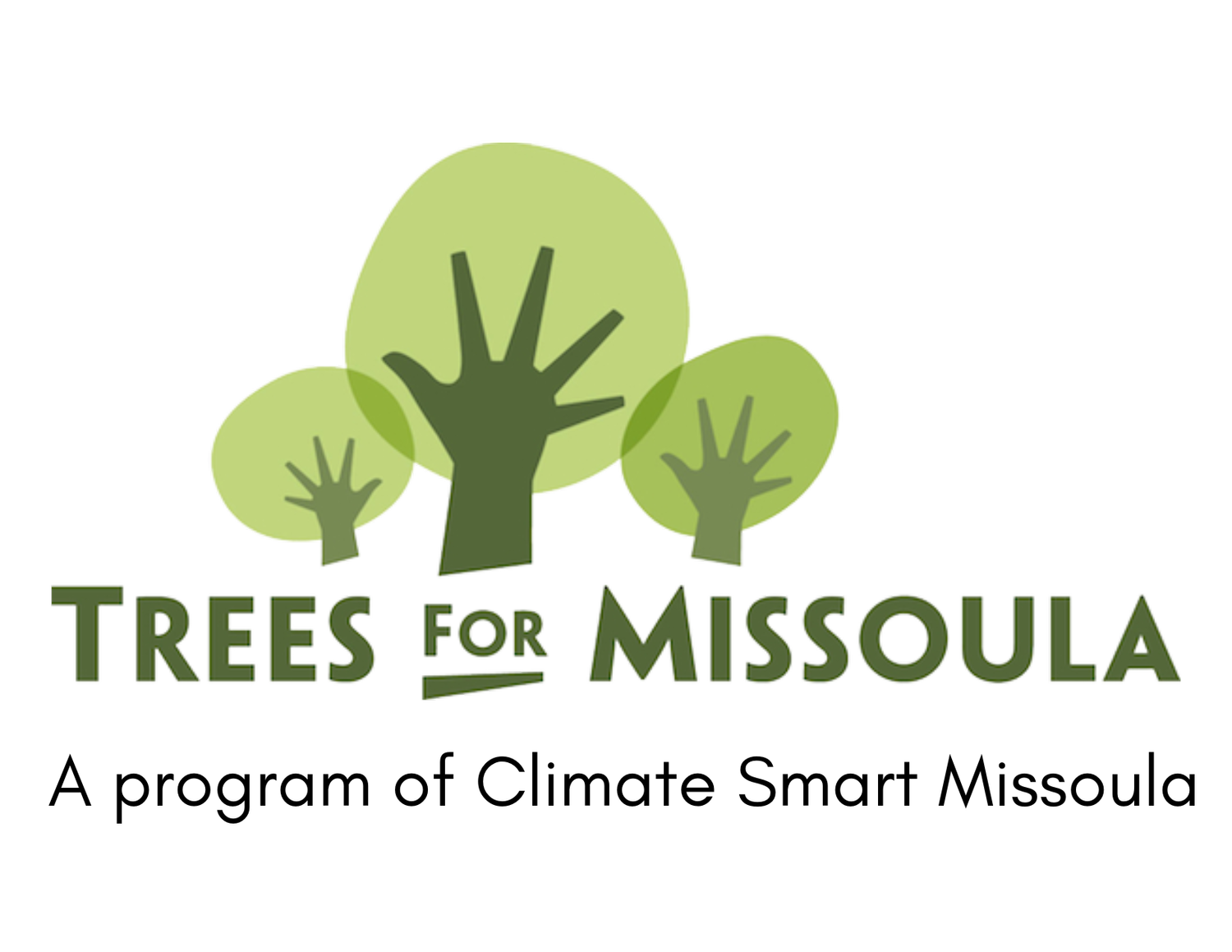Pruning Trees
Pruning trees and shrubs is an art and a science. From an artistic perspective, a discerning eye is needed to evaluate a plant, then to determine what (if anything) must be done to achieve the desired appearance. From a scientific perspective, knowing the when, where, and how of pruning a plant is equally, if not more, important.
Why do urban trees need to be pruned?
Reduce risk of failure, damage, injury
Provide physical and visual clearance
Reduce shade and wind resistance
Maintain and improve health
Influence flower and fruit production
Improve aesthetics
Pruning needs of trees change over time. Young trees require formative pruning over several years to establish a strong structure. Larger, older trees require a different type of pruning to ensure long-term growth and health.
What is the best time of year to prune?
The ideal time to prune trees is during the fall after leaf drop during dormancy.
If necessary, pruning can occur in the spring after the leaves mature
There are always exceptions. Know your tree species and look it up.
Why is it important to prune trees at a certain time of year?
Pruning can adversely affect tree’s energy reserves.
Winter can damage new growth.
Some species require different pruning times. Know your species!
Should I prune my own trees?
Part of being a good tree steward is knowing when to do it yourself and when to hire a professional. Anyone can learn how to properly prune a young tree, but leave the older, large trees to the pros.
How can I learn how to prune trees?
Become a Volunteer in Pruning (VIP) to learn the skill of formative pruning and help shape the city’s trees as well as your own.
Refer to one of the tree pruning resources below.
Tree Pruning Tips
Educate yourself on proper pruning techniques. Improper pruning cuts can introduce a tree to disease and pests and cause early death.
Know your tree’s species, and find out the best time of year to prune.
Wear gloves and eye protection. Use earplugs and a hardhat if using a chainsaw.
Only use clean, sharp pruning tools.
Know how to use your pruning tools. There is a right way and a wrong way!
Do not remove more than 25% of a tree’s canopy at one time. Put all of your trimmings in one pile, and take a look at it every once in awhile to gauge how much has been removed.
Deciduous, coniferous and fruit trees all require different pruning techniques and different pruning timing. Do your research before pruning.
Know your limits. Leave the big, heavy limbs and large trees to the professionals.
Tree Pruning Resources
Missoula County Extension and Weed District
Missoula City Forester – 721-PARK
An Illustrated Guide to Pruning 3rd ed. – Edward F. Gilman
American Horticultural Society’s Guide to Pruning and Training
International Society of Arboriculture Best Management Practices Manual


